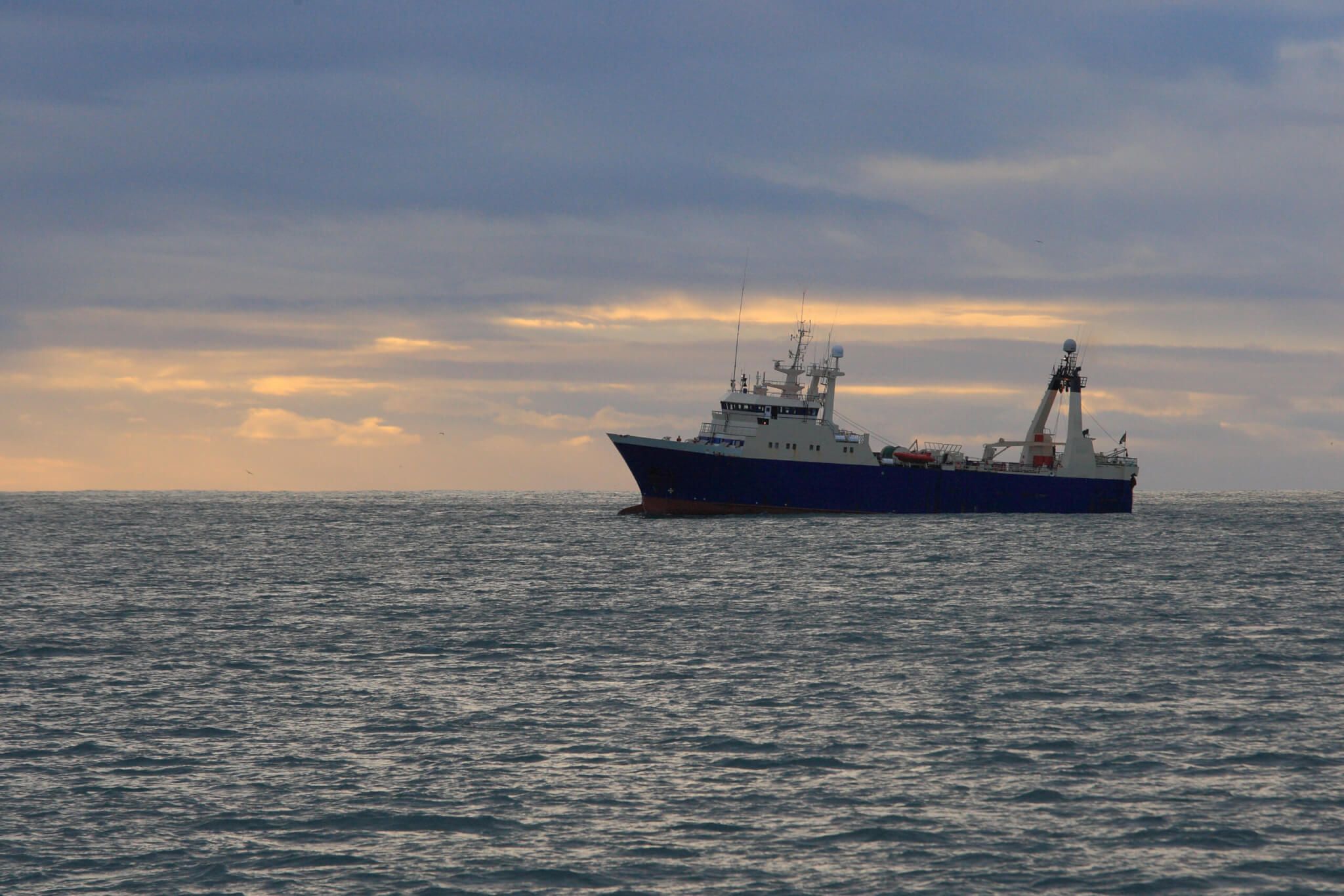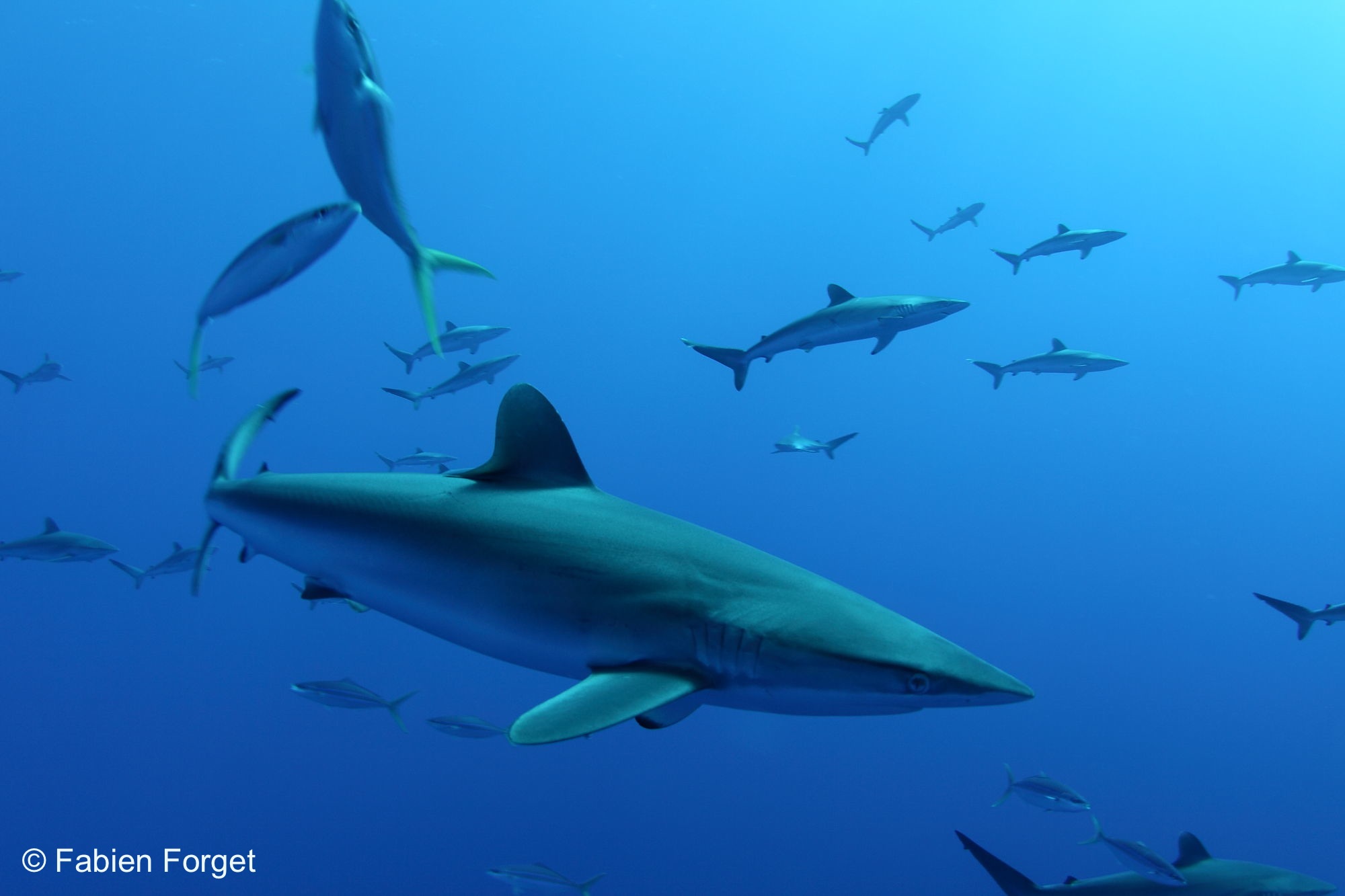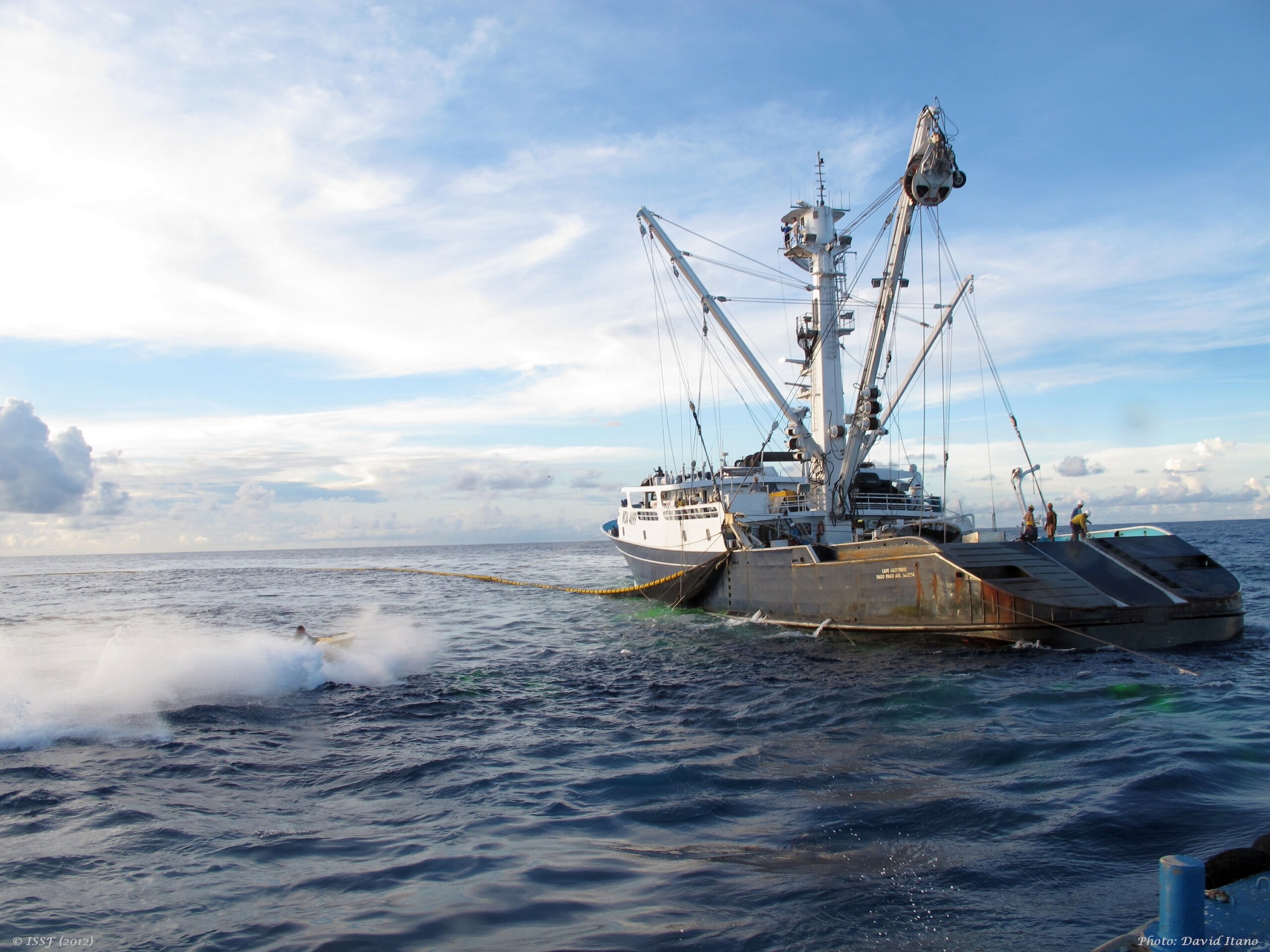REPORT: Changes in the Global Purse Seine Fleet | PLUS: Addressing Allocation in Global Tuna Fisheries
Featured News
NEW: Snapshot of the Large-Scale Tropical Tuna Purse Seine Fishing Fleets
Report Shows 3% Increase in Fishing Capacity Despite Slight Decrease in the Number of Large Scale Purse-Seine Vessels; 78% of Vessels Listed on ISSF ProActive Vessel Register
ISSF has updated its Snapshot of Large-Scale Tuna Purse Seine Fishing Fleets report for 2024. The report shows approximately 650 vessels defined as large-scale purse-seine (LSPS) vessels are fishing for tropical tuna species, a slight decrease from last year, with a combined fishing capacity of 863,000 m3 (cubic meters), a 3% increase from last year.
Purse seine fishing vessels catch about 66% of the 5.2 million tonnes of tuna caught annually worldwide. ISSF analyzes and aggregates information from the five tuna regional fisheries management organizations (RFMOs) and other sources to create this annual report focusing on LSPS vessels targeting tropical tuna species: skipjack, yellowfin and bigeye.
Featured Graphic
An infographic shows the size and fishing capacity of the large-scale purse-seine fleet fishing for tropical tunas worldwide, based on ISSF research. It also indicates how ISSF’s ProActive Vessel Register (PVR) helps to provide transparency of the fleet’s fishing activities, including changes in fish hold volume.
Featured Content
UPDATED REPORT: Addressing Allocation in Global Tuna Fisheries
An effective allocation framework is fundamental to the implementation of sustainable fisheries management. An allocation is not necessarily an end in itself. Instead, it is designed to facilitate a final conservation and management objective. The first step is to limit participants in an effective way. Then, the fishing possibilities need to be defined — for example, fishing effort, catch, capacity, FADs, bycatch limits, or time and area. Initial allocations will necessarily result from negotiations among the participants, since there is no one formula that is either “best” or acceptable in every situation. Other steps include specifying rules for transfers of fishing possibilities and understanding the limitations of allocations. Transparent mechanisms for implementation and compliance are also necessary.
The Cordoba Conference (ISSF, 2011) was a follow up to another conference held the previous
year: the Bellagio Framework for Sustainable Tuna Fisheries (ISSF, 2010), which was developed by a group of experts who concluded that sustainable tuna fisheries could be achieved by successfully implementing three pillars: capacity controls, rights-based management, and effective Monitoring, Control and Surveillance (MCS). The Cordoba Conference expanded upon the second pillar, developing a series of concepts and recommendations for allocation of property rights (to flag states) and subsequent use rights (to individuals or groups within a flag state).
While the Bellagio Framework and Cordoba Conference were well received, the concept of rights-based management has not gained much traction in tuna RFMOs. Yet allocation discussions continue to be urgently important and involve difficult and contentious negotiations for many stocks globally.
An updated report, Addressing Allocation in Global Tuna Fisheries: Lessons Learned from the Cordoba Conference, reprises the allocation concepts of the Conference, but without a focus on property rights. Some of the concepts have been expanded to make them more useful to stakeholders. Co-authors Dr. Dale Squires and Dr. Victor Restrepo intend to recast the report as a useful tool for today’s participants in allocation negotiations.
ISSF in the News
Global Tuna Stocks’ Sustainability Evaluated Against MSC Criteria
Fish Focus
ISSF urges enhanced transparency in Eastern Pacific tuna fisheries
Undercurrent News



